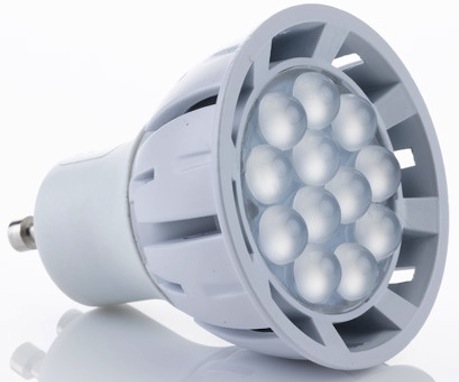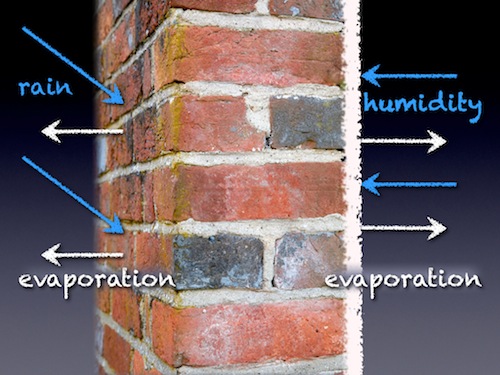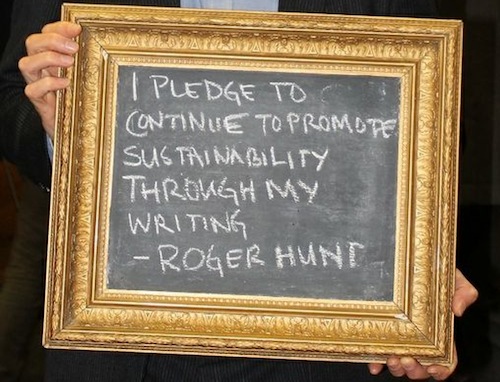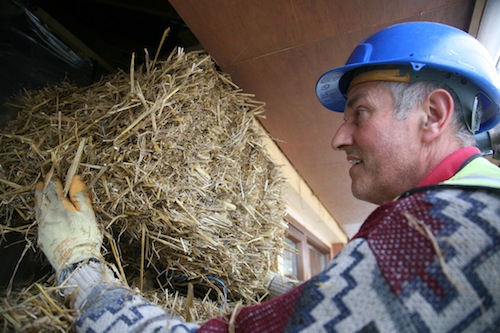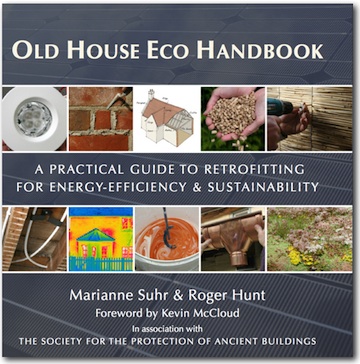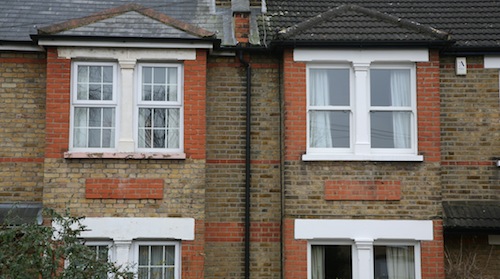Posts Tagged ‘energy efficiency’
Energy saving LEDs
The quality of light has fascinated me since my days at drama school. I trained in technical theatre and saw how changes to the colour and intensity of light can be used to dramatic effect on stage. Lighting has come a long way since then and, in the home, we’ve moved on from the basic…
Read MoreBreathability, airtightness, ventilation
When it comes to old buildings and making them energy efficient there’s one very important point to understand: old buildings work in a different way to modern buildings. Old solid wall buildings – whether medieval timber-framed houses or Edwardian terraces – are designed to allow a degree of moisture penetration into their structure. But, and…
Read MoreEnergy saving control
Not so long ago home automation was just a fancy way of saying a home had a cabled music system with loudspeakers hidden in the ceilings. Not any more. Today the feel-good factor of buying a home equipped with the latest technology is as much about saving energy as relaxing to a melody. Yes, there’s…
Read MoreFit for the future
The other night I pledged to continue promoting sustainability through my writing. Let me explain, I’d been invited along to Centre Point, in London, by the National Trust for the launch of the Fit for the Future Network. This network, created by the Trust together with Ashden, the sustainable energy charity, aims to allow leading…
Read MoreOverheating in homes
A lot has been written about overheating in homes recently, especially in relation to energy efficiency measures introduced under the Green Deal. The BBC quotes Prof Chris Goodier, of Loughborough University’s department of civil and building engineering, who “said the risk of overheating had been overlooked in the ‘big rush to insulate and make homes…
Read MoreLighting history
Incandescent light bulbs (lamps) have illuminated the world for more than a century. They’ve done it in a way that has felt natural in historic interiors and has been flattering to the complexion because traditional tungsten filaments provide a spectrum of light not dissimilar to fire or candlelight. Now they’ve been banned in favour of…
Read MoreStraw bale homes
The use of straw bales for building apparently originated in Nebraska, USA, following the introduction of horse and steam powered bailing machines a century or so ago. Farmers soon saw the value of using bales to built temporary shelters but, having realized their potential to stand up to the weather, they began using them to…
Read MoreOld House Eco Handbook
Each time I write a book I say to myself “never again”. This is all very well but when a good idea comes along it’s hard to resist. Towards the end of 2010 I watched as the ink dried on my signature at the bottom of a contract for “a book provisionally entitled ‘The Old…
Read MoreClimate change partnership
Your Social Housing in a Changing Climate is a new report from the London Climate Change Partnership. It makes fascinating reading and there were some illuminating presentations at its launch at City Hall earlier this week. The report focuses on the Colne and Mersea blocks in the London Borough of Dagenham. These two blocks, comprising 200 flats,…
Read MoreThink before buying
Yesterday a double glazing salesman arrive at my door at the very moment the phone rang with a call from a solar panel saleswoman. Such annoyances are rarely quite so simultaneous but they are regular. This is one of the reasons I’m pleased to hear that the Office of Fair Trading (OFT) has written to…
Read MoreSeeing stars: light pollution
After last week’s exploration of the night sky with the BBC’s Stargazing Live team, it’s worth giving a thought to all those whose view of the solar system was spoilt by light pollution. Since the explosion of street lighting after the Second World War it’s been increasingly difficult to see stars against a dark sky…
Read More
